Tom's Hardware Verdict
Nvidia's RTX 4070 Super delivers the expected boost in performance relative to the 4070, averaging 16% higher performance across our test suite for the same $599 — and pushing the existing card down to $549 as a result. It's a good if unsurprising mid-cycle refresh.
Pros
- +
Good overall performance
- +
Excellent efficiency
- +
DLSS, AI, AV1, and ray tracing
- +
Stealthy Founders Edition aesthetic
Cons
- -
12GB still feels chintzy
- -
No bling on the Founders Edition (a pro for some)
- -
Ugly 16-pin adapter for non-ATX 3.0 PSUs
Why you can trust Tom's Hardware
Like clockwork, the Nvidia RTX 4070 Super has arrived right on schedule. The first of the mid-cycle 40-series Super refresh, the newcomer provides higher specs and higher performance than the existing non-Super RTX 4070, for the same $599 MSRP — and pushes the 4070 MSRP down to $549, though we've already seen those cards selling at such prices for many months. It's exactly what we expected from Nvidia, building on the successful Ada Lovelace architecture and is destined to compete with the best graphics cards.
Two more Super models will arrive before the month is over, the 4070 Ti Super and 4080 Super. But for most people, the 4070 Super will be the most enticing of the offerings, as it's priced in a range that more people can consider. That's not to say it's inexpensive, but there are plenty of gamers with GPUs that cost around $600 if we check the latest Steam Hardware Survey — though we need to drop to the RTX 3070 at position seven and the RTX 3080 at number eleven before we find similarly priced cards.
If you were already on the fence and looking at the RTX 4070, the 4070 Super delivers an easy upgrade option. In our tests, it's about 15% faster than the existing card, or, alternatively, 7% slower than the RTX 4070 Ti. At the same time, it comes with the same potential issue as those cards: the 192-bit memory interface and 12GB of VRAM. In our testing, 12GB of graphics memory with the larger L2 caches of the Ada architecture works fine, and you basically get equivalent performance to the previous generation RTX 3090 for less than half the cost — and half the memory. It's still 33% less VRAM than AMD's competing (and slower, in our tests) RX 7800 XT.
Here's the full rundown of the specifications for all the current generation Nvidia and AMD GPUs that have launched — so there are still three cards missing from the list, but they'll land by the end of the month.
| Graphics Card | RTX 4070 Super | RTX 4070 | RTX 4070 Ti | RTX 4060 Ti 16GB | RTX 4060 Ti | RTX 4060 | RTX 4080 | RX 7900 XTX | RX 7900 XT | RX 7800 XT | RX 7700 XT | RX 7600 |
|---|---|---|---|---|---|---|---|---|---|---|---|---|
| Architecture | AD104 | AD104 | AD104 | AD106 | AD106 | AD107 | AD103 | Navi 31 | Navi 31 | Navi 32 | Navi 32 | Navi 33 |
| Process Technology | TSMC 4N | TSMC 4N | TSMC 4N | TSMC 4N | TSMC 4N | TSMC 4N | TSMC 4N | TSMC N5 + N6 | TSMC N5 + N6 | TSMC N5 + N6 | TSMC N5 + N6 | TSMC N6 |
| Transistors (Billion) | 32 | 32 | 35.8 | 22.9 | 22.9 | 18.9 | 45.9 | 45.6 + 6x 2.05 | 45.6 + 5x 2.05 | 28.1 + 4x 2.05 | 28.1 + 3x 2.05 | 13.3 |
| Die size (mm^2) | 294.5 | 294.5 | 294.5 | 187.8 | 187.8 | 158.7 | 378.6 | 300 + 225 | 300 + 225 | 200 + 150 | 200 + 113 | 204 |
| SMs / CUs | 56 | 46 | 60 | 34 | 34 | 24 | 76 | 96 | 84 | 60 | 54 | 32 |
| GPU Cores (Shaders) | 7168 | 5888 | 7680 | 4352 | 4352 | 3072 | 9728 | 6144 | 5376 | 3840 | 3456 | 2048 |
| Tensor / AI Cores | 224 | 184 | 240 | 136 | 136 | 96 | 304 | 192 | 168 | 120 | 108 | 64 |
| Ray Tracing Cores | 56 | 46 | 60 | 34 | 34 | 24 | 76 | 96 | 84 | 60 | 54 | 32 |
| Boost Clock (MHz) | 2475 | 2475 | 2610 | 2535 | 2535 | 2460 | 2505 | 2500 | 2400 | 2430 | 2544 | 2625 |
| VRAM Speed (Gbps) | 21 | 21 | 21 | 18 | 18 | 17 | 22.4 | 20 | 20 | 19.5 | 18 | 18 |
| VRAM (GB) | 12 | 12 | 12 | 16 | 8 | 8 | 16 | 24 | 20 | 16 | 12 | 8 |
| VRAM Bus Width | 192 | 192 | 192 | 128 | 128 | 128 | 256 | 384 | 320 | 256 | 192 | 128 |
| L2 / Infinity Cache | 48 | 36 | 48 | 32 | 32 | 24 | 64 | 96 | 80 | 64 | 48 | 32 |
| Render Output Units | 80 | 64 | 80 | 48 | 48 | 48 | 112 | 192 | 192 | 96 | 96 | 64 |
| Texture Mapping Units | 224 | 184 | 240 | 136 | 136 | 96 | 304 | 384 | 336 | 240 | 216 | 128 |
| TFLOPS FP32 (Boost) | 35.5 | 29.1 | 40.1 | 22.1 | 22.1 | 15.1 | 48.7 | 61.4 | 51.6 | 37.3 | 35.2 | 21.5 |
| TFLOPS FP16 (FP8) | 284 (568) | 233 (466) | 321 (641) | 177 (353) | 177 (353) | 121 (242) | 390 (780) | 122.8 | 103.2 | 74.6 | 70.4 | 43 |
| Bandwidth (GBps) | 504 | 504 | 504 | 288 | 288 | 272 | 717 | 960 | 800 | 624 | 432 | 288 |
| TDP (watts) | 220 | 200 | 285 | 160 | 160 | 115 | 320 | 355 | 315 | 263 | 245 | 165 |
| Launch Date | Jan 2024 | Apr 2023 | Jan 2023 | Jul 2023 | May 2023 | Jul 2023 | Nov 2022 | Dec 2022 | Dec 2022 | Sep 2023 | Sep 2023 | May 2023 |
| Launch Price | $599 | $599 | $799 | $499 | $399 | $299 | $1,199 | $999 | $899 | $499 | $449 | $269 |
| Online Price | $600 | $535 | $740 | $450 | $385 | $300 | $1,160 | $960 | $760 | $510 | $440 | $260 |
The RTX 4070 Super officially launches on January 17, 2024, and we expect to see plenty of cards available. With the end of Ethereum mining in mid-2022, we've seen cards available at MSRP for nearly every launch of the current RTX 40-series and RX 7000-series GPUs. The only exception was the RX 7900 XTX, which spiked above its recommended price for a month or two after launch due to initial demand. Of course, the RTX 4090 now sells for well above its MSRP — the cheapest cards go for $2,000 and up right now in the U.S. — but that's due to demand from China, increased manufacturing costs associated with not assembling cards in China, and also demand from the AI sector.
Everything in the mainstream to high-end price range ($200 to $1,000) has been readily available, and we expect the 4070 Super to follow that trend. There will of course be more expensive factory overclocked models alongside the MSRP variants. We expect the typical price premiums of anywhere from $20 to $100 or more, depending on the brand, model, and features being offered. We also expect the fastest overclocked models to deliver perhaps 5% more performance than reference cards, so you're not really missing out on higher fps if you stick with a basic model. You will however typically get weaker cooling and thus higher fan speeds and noise levels, and naturally a lack of RGB lighting.
As for the specs, you get the same 2475 MHz boost clock as the RTX 4070, but with 22% more cores and a 10% higher TGP (total graphics power). One interesting piece of information is that with the upcoming phase-out of the RTX 4070 Ti, there will no longer be won't a fully enabled AD104 consumer card. The 4070 Super has 56 of the available 60 SMs (streaming multiprocessors) enabled, while the RTX 4080 Laptop GPU has 58 SMs. But there will still be a fully-operational AD104 card: The RTX 4500 Ada Generation professional card — which costs nearly four times as much as the 4070 Super at $2,250 for the 24GB card.


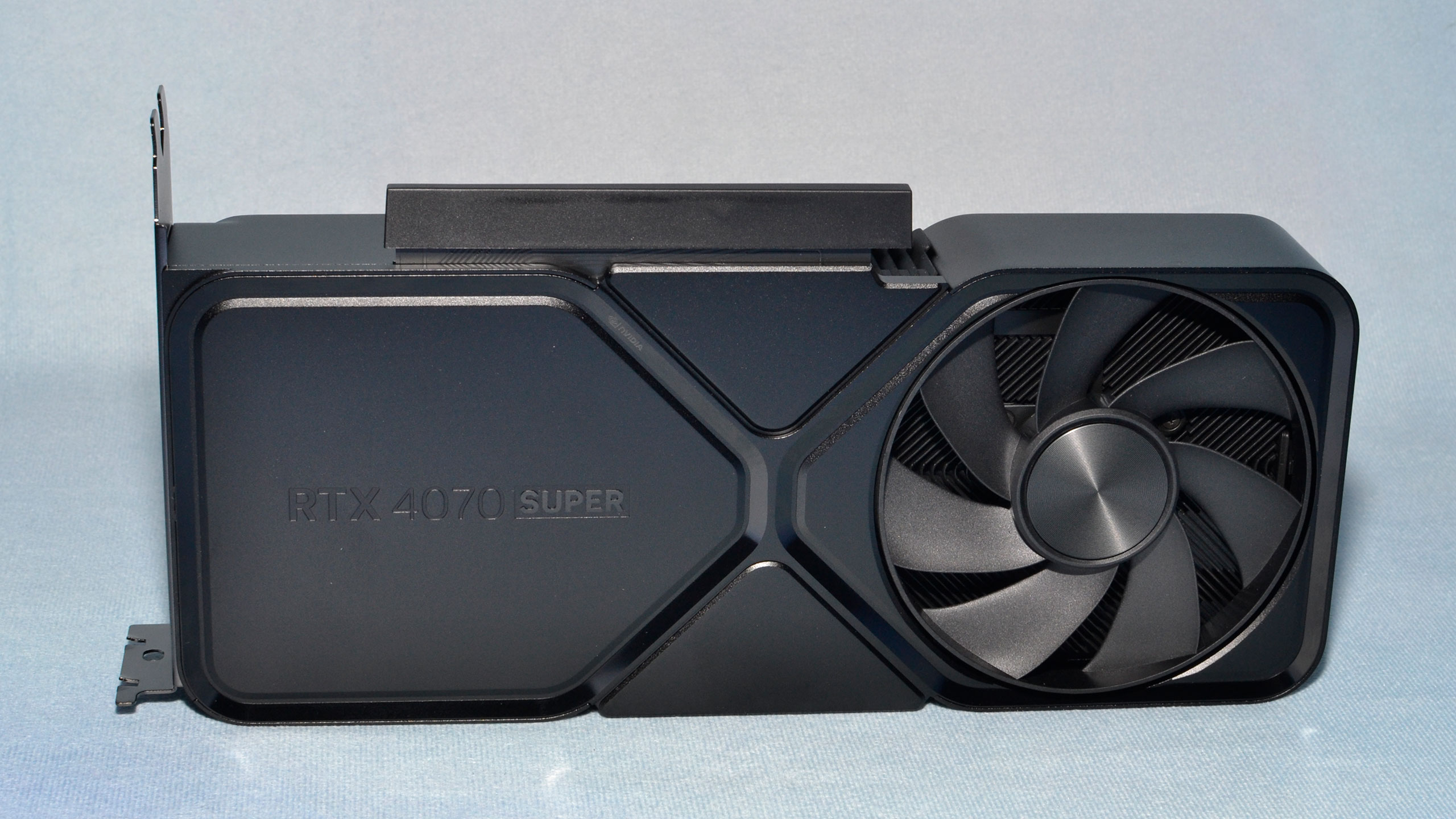

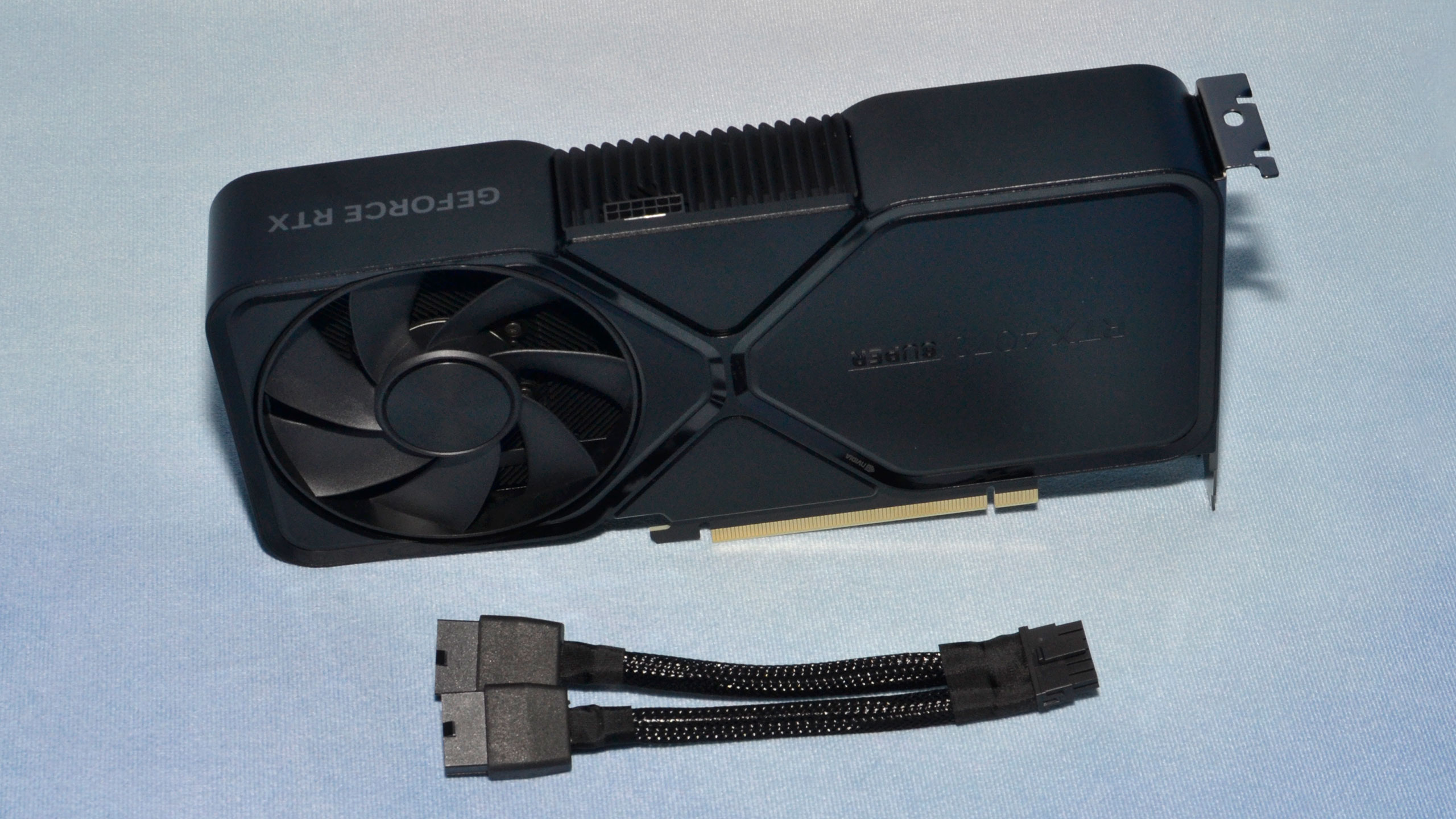


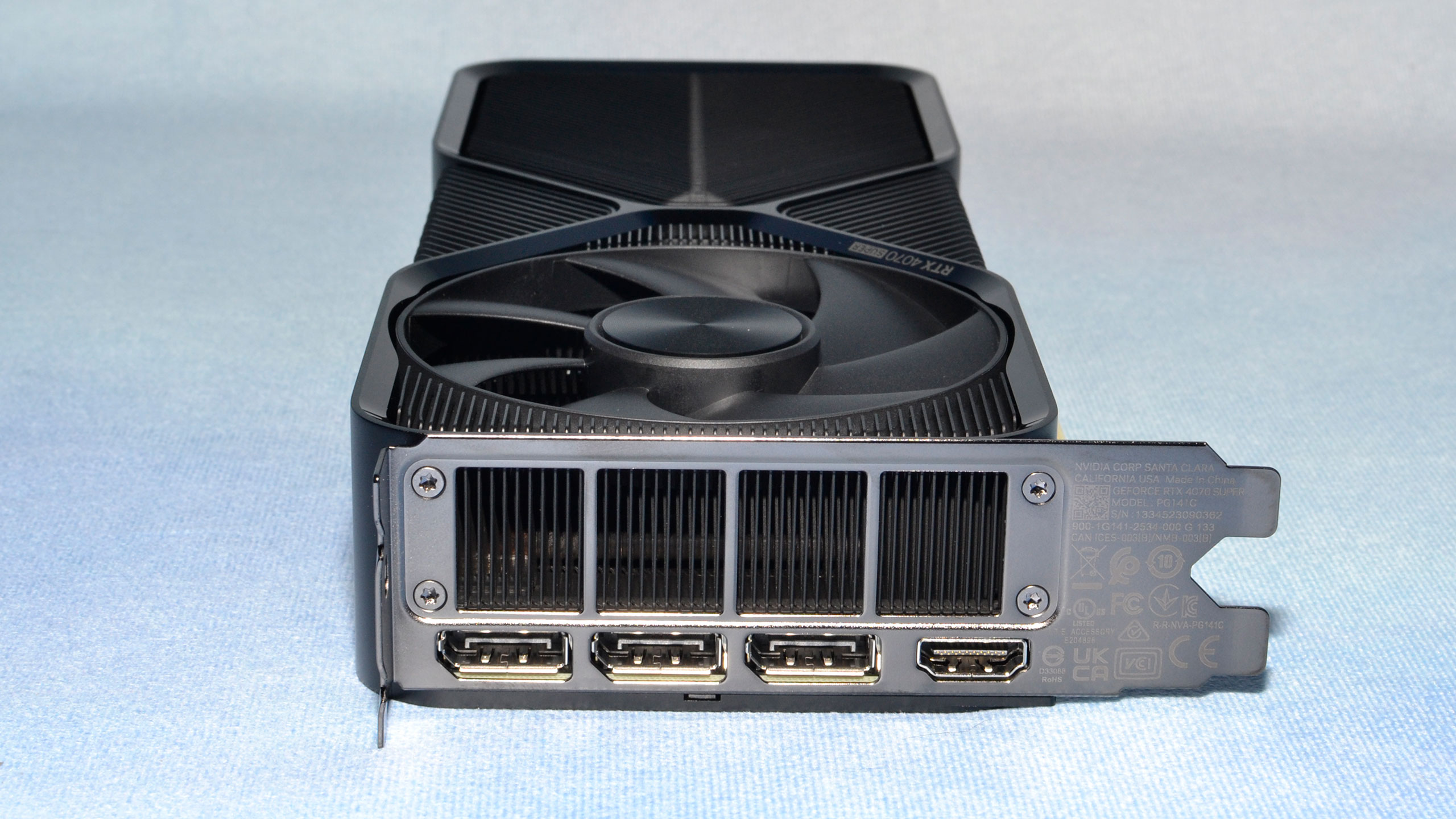

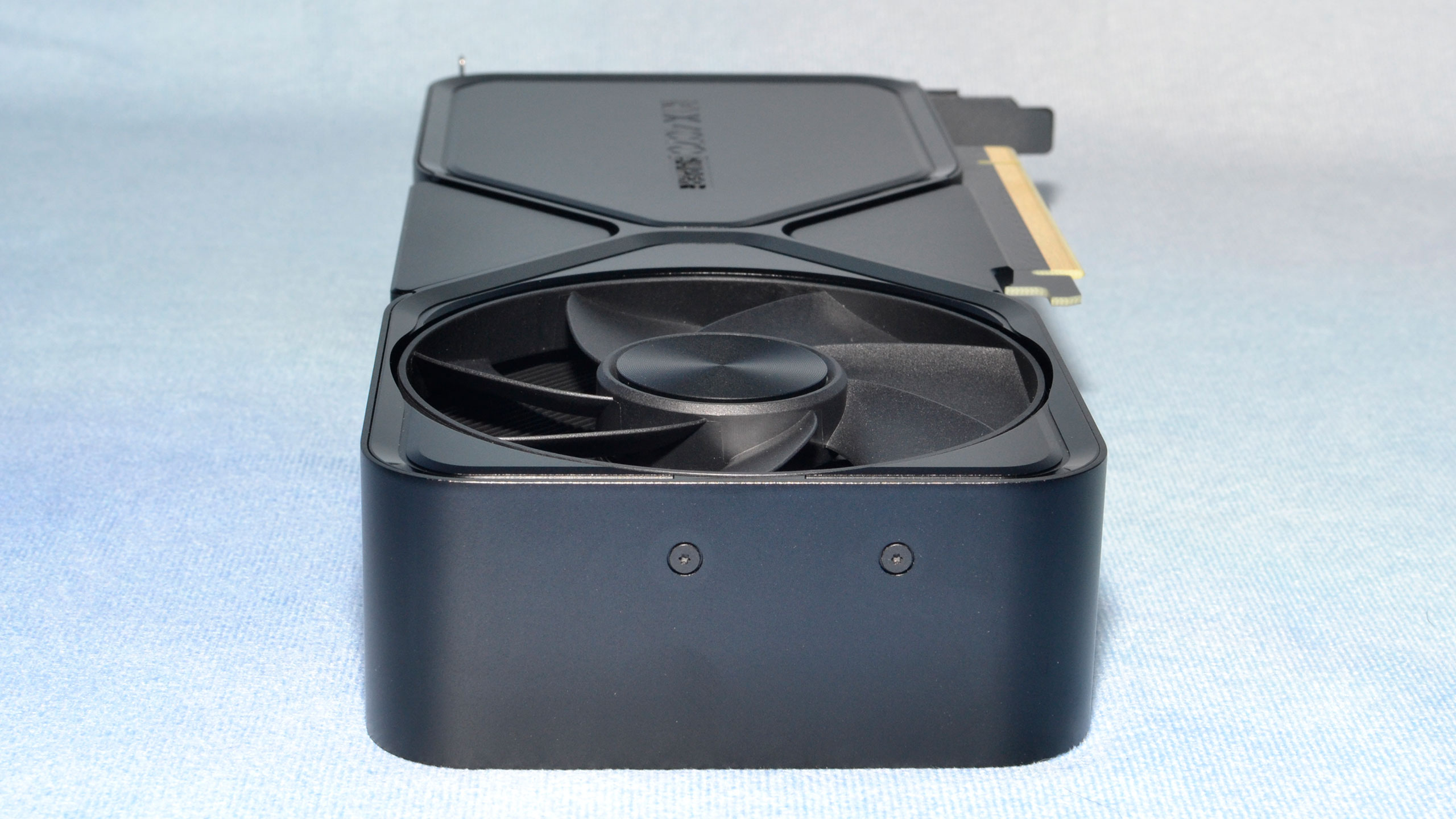
As far as the RTX 4070 Super Founders Edition goes, it's virtually identical in design to the existing RTX 4070 FE. The main change is in the color of the shroud and metal casing, as well as the text on the side of the card. For the 4070 Super, everything is matte black, while the 4070 was more of a gun metal gray. There's still some silver text on the card, but the main "RTX 4070 Super" logo is black and ends up being a bit hard to see if the lighting's not just right.
As with so many of Nvidia's RTX 40-series GPUs, the 4070 Super uses the 16-pin power connector. We asked a few graphics card companies at CES and were told that Nvidia requires all RTX 4070 Super cards to use the 16-pin connector. That of course means if you don't have an ATX 3.0 power supply, you get to use the rather ugly adapter cable. That's a change in policy, as we saw at least a few RTX 4070 cards (such as the PNY RTX 4070) that went with a single 8-pin connector.
Given the 220W TGP, it might require two 8-pin connectors, but we still think most users looking at a card like the RTX 4070 Super will be using the dual 8-pin to 16-pin adapter. This feels like Nvidia doubling down on something that a lot of users would just as soon do without. We don't think 16-pin connectors melting will be a problem on lower tier GPUs that aren't pulling 400W or more over the adapter, and hopefully the 12V-2x6 variant that's commonly used by Nvidia now won't have problems, but the adapter still makes for much messier cabling.
Other than the stealthy color scheme, there are no significant changes relative to the existing 4070 Founders Edition. You get the same triple DP1.4a and single HDMI 2.1 outputs, dual fans with one on each side of the card, and the angled heatsink fins that have been used on the past two generations of Founders Edition cards.
We thought the 4070 reference design was good, so we don't have any complaints here. The slightly higher TGP should still be well within the cooling capabilities of the heatsink and fans, perhaps with slightly higher RPMs. Let's get to the testing results.
Nvidia RTX 4070 Super Test Setup
Our current graphics card testbed has been in use for over a year now, and so far we haven't seen any pressing need to upgrade. The Core i9-13900K is still holding its own, and while the 14900K or Ryzen 9 7950X3D can improve performance slightly, at higher resolutions and settings we're still almost entirely GPU limited — particularly with cards like the 4070 Super. We also conduct professional and AI benchmarks on our Core i9-12900K PC, which is also used for our GPU benchmarks hierarchy.
TOM'S HARDWARE Gaming PC
Intel Core i9-13900K
MSI MEG Z790 Ace DDR5
G.Skill Trident Z5 2x16GB DDR5-6600 CL34
Sabrent Rocket 4 Plus-G 4TB
be quiet! 1500W Dark Power Pro 12
Cooler Master PL360 Flux
Windows 11 Pro 64-bit
TOM'S HARDWARE 2022 AI/ProViz PC
Intel Core i9-12900K
MSI Pro Z690-A WiFi DDR4
Corsair 2x16GB DDR4-3600 CL16
Crucial P5 Plus 2TB
Cooler Master MWE 1250 V2 Gold
Corsair H150i Elite Capellix
Cooler Master HAF500
Windows 11 Pro 64-bit
GRAPHICS CARDS
Nvidia RTX 4080
Nvidia RTX 4070 Ti
Nvidia RTX 4070 Super
Nvidia RTX 4070
Nvidia RTX 4060 Ti 16GB
Nvidia RTX 4060 Ti
Nvidia RTX 4060
AMD RX 7900 XTX
AMD RX 7900 XT
AMD RX 7800 XT
AMD RX 7700 XT
AMD RX 7600
Intel Arc A770 16GB
We're using preview drivers from Nvidia, version 546.42. In our testing, we noticed some changes in several of the benchmarks, so we've retested the Nvidia cards in the affected games. The impacted games are Borderlands 3, Forza Horizon 5, Microsoft Flight Simulator, and Spider-Man: Miles Morales. We also fully retested the RTX 4070 and RTX 4070 Ti, as those are the two most relevant cards for our comparisons.
It's not just about new GPUs, though. Some will balk at the $599 price point, but this was Nvidia's asking price for a mid-cycle 70-class upgrade with the RTX 3070 Ti as well. And just for fun, we've trotted out the four-year-old RTX 2070 Super to show what sort of an upgrade you'd get with the newcomer.
We're primarily including current generation AMD and Nvidia GPUs for comparison in our charts. Part of that is because we would otherwise need to retest a bunch of previous generation GPUs in several games, and we are very much on a time crunch right now — after returning from CES in Las Vegas last week, we'll have four GPU launches this month. If you notice any anomalies in our data, let us know in the comments and we'll see about retesting where necessary.
Our current test suite consists of 15 games. Of these, nine support DirectX Raytracing (DXR), but we only enable the DXR features in six games. The remaining nine games are tested in pure rasterization mode. While many of the games in our test suite support upscaling — twelve support DLSS 2, five support DLSS 3, five support FSR 2, and four support XeSS — our focus is primarily on native resolution performance. GPUs generally show similar scaling if you enable DLSS/FSR2/XeSS, and we do have some additional test results to show how the 4070 Super fares with Quality mode upscaling.
We tested at 1080p (medium and ultra), 1440p ultra, and 4K ultra for the review — ultra being the highest supported preset if there is one, and in some cases maxing out all the other settings for good measure (except for MSAA or super sampling). The RTX 4070 Super makes the most sense as a 1440p gaming solution, though you can drop to 1080p or increase the resolution to 4K, depending on the game.
Our PC is hooked up to a Samsung Odyssey Neo G8 32, one of the best gaming monitors around, allowing us to fully experience the higher frame rates that might be available. G-Sync and FreeSync were enabled, as appropriate. As we're not testing with esports games, most of our performance results are nowhere near the 240 Hz limit, or even the 144 Hz limit of our secondary test PC.
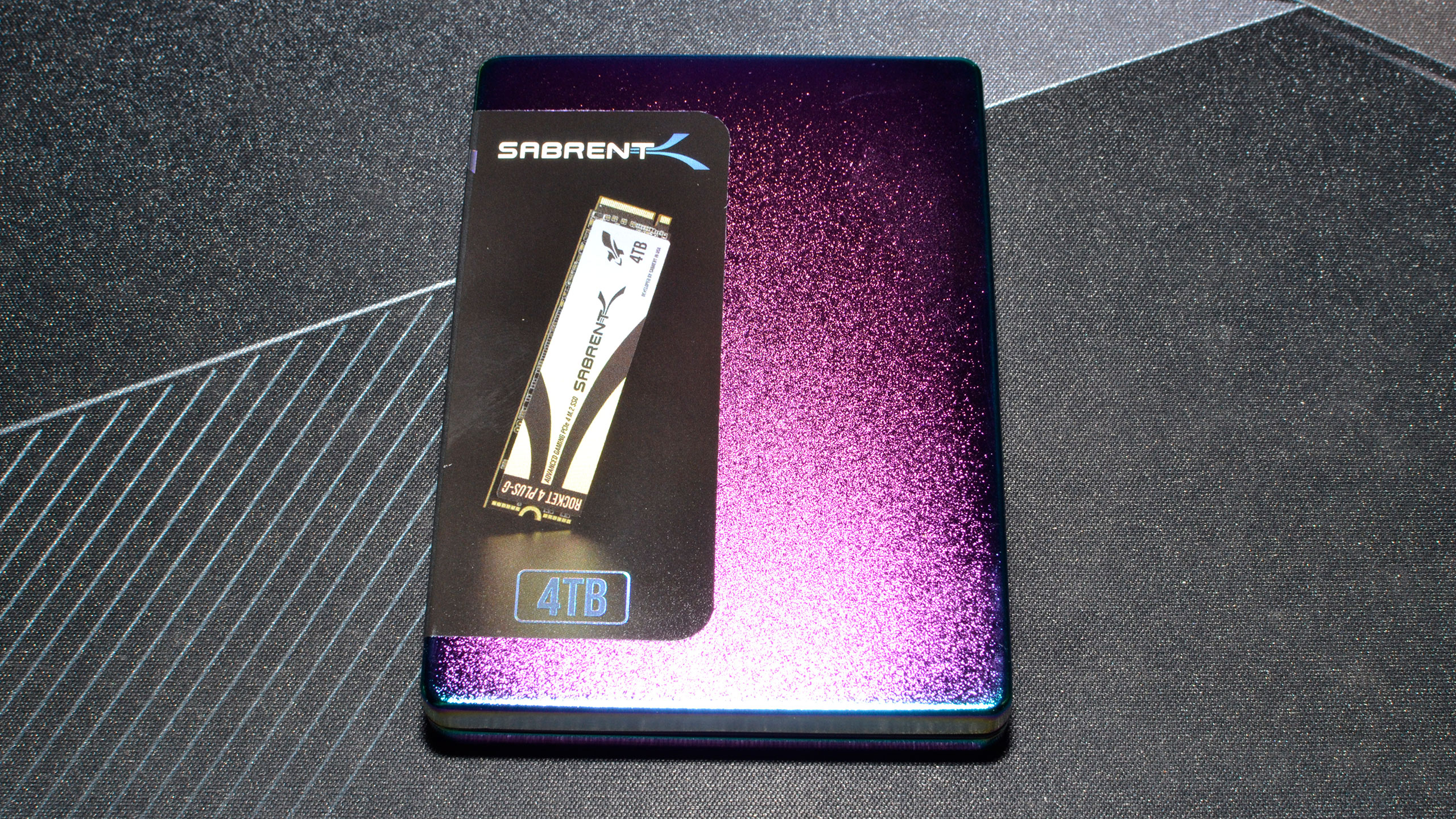
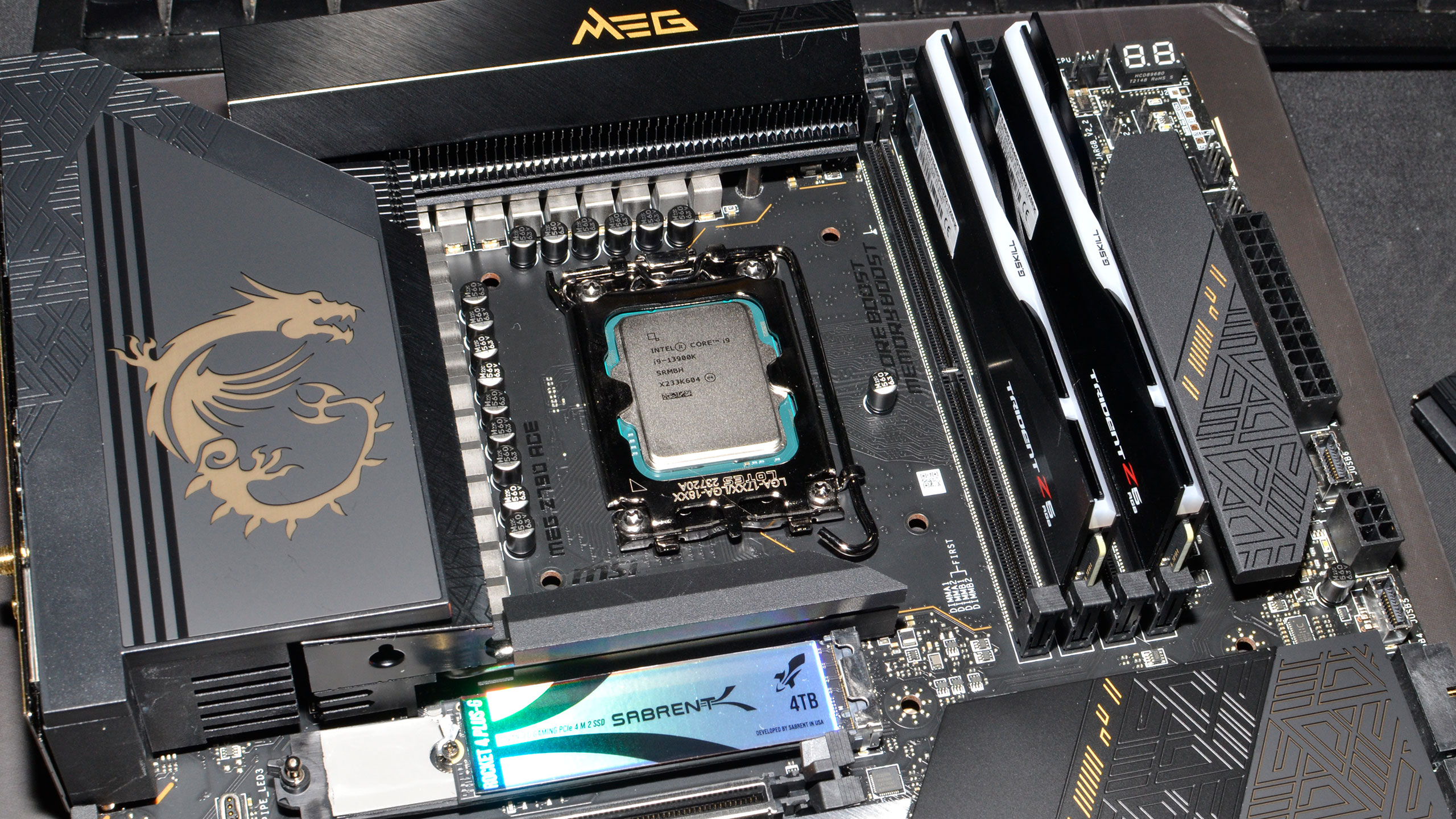
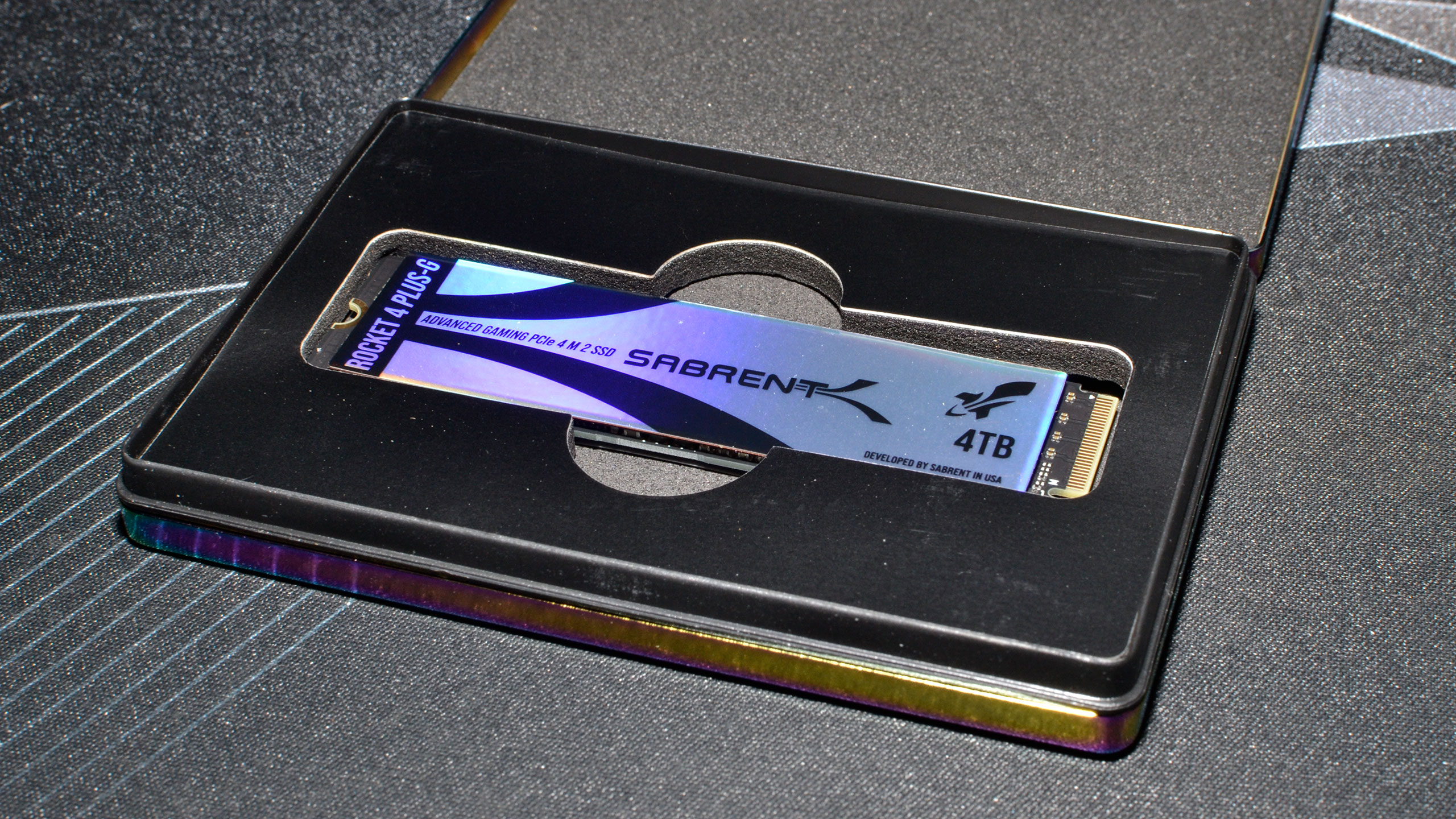
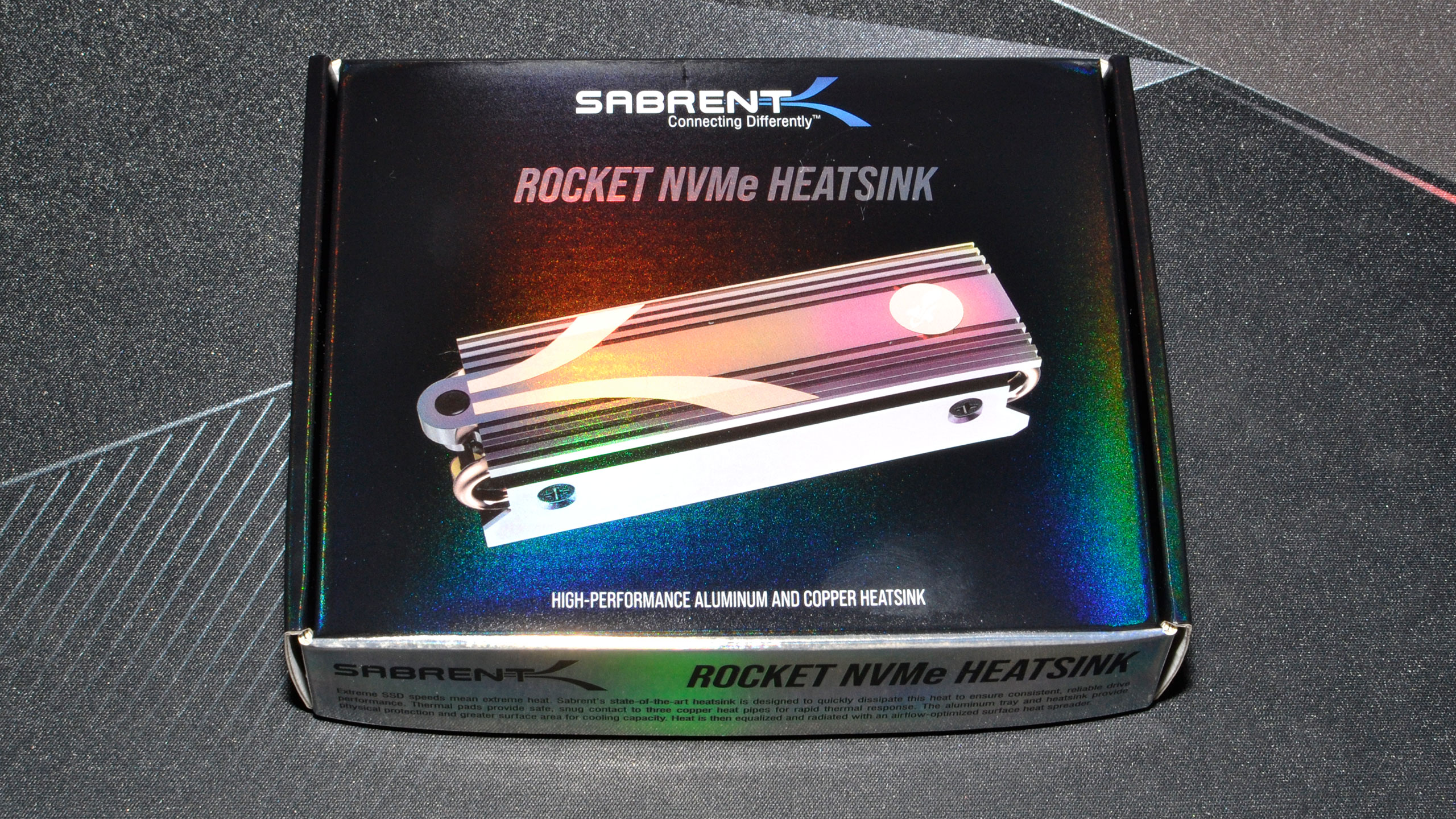


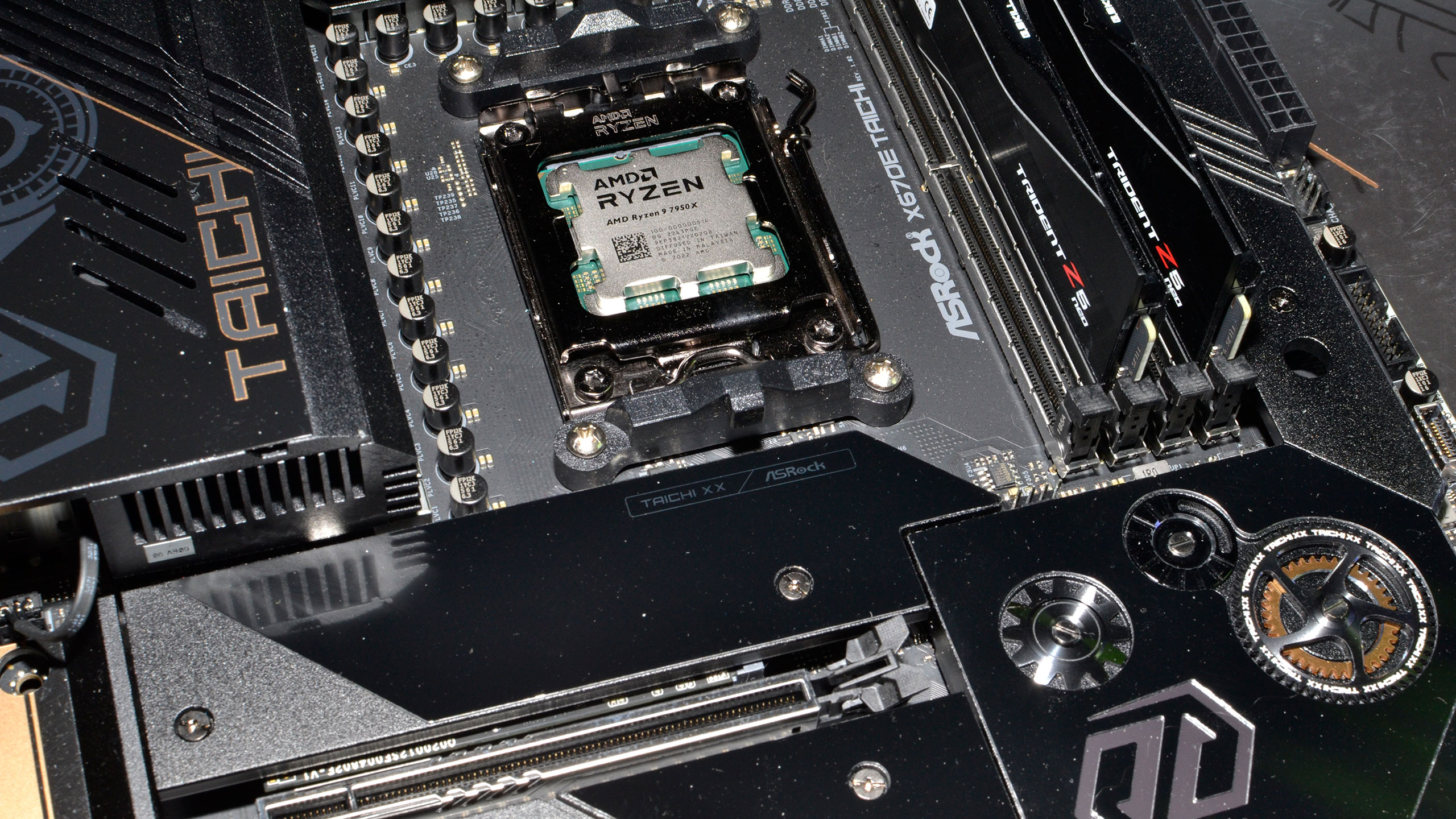
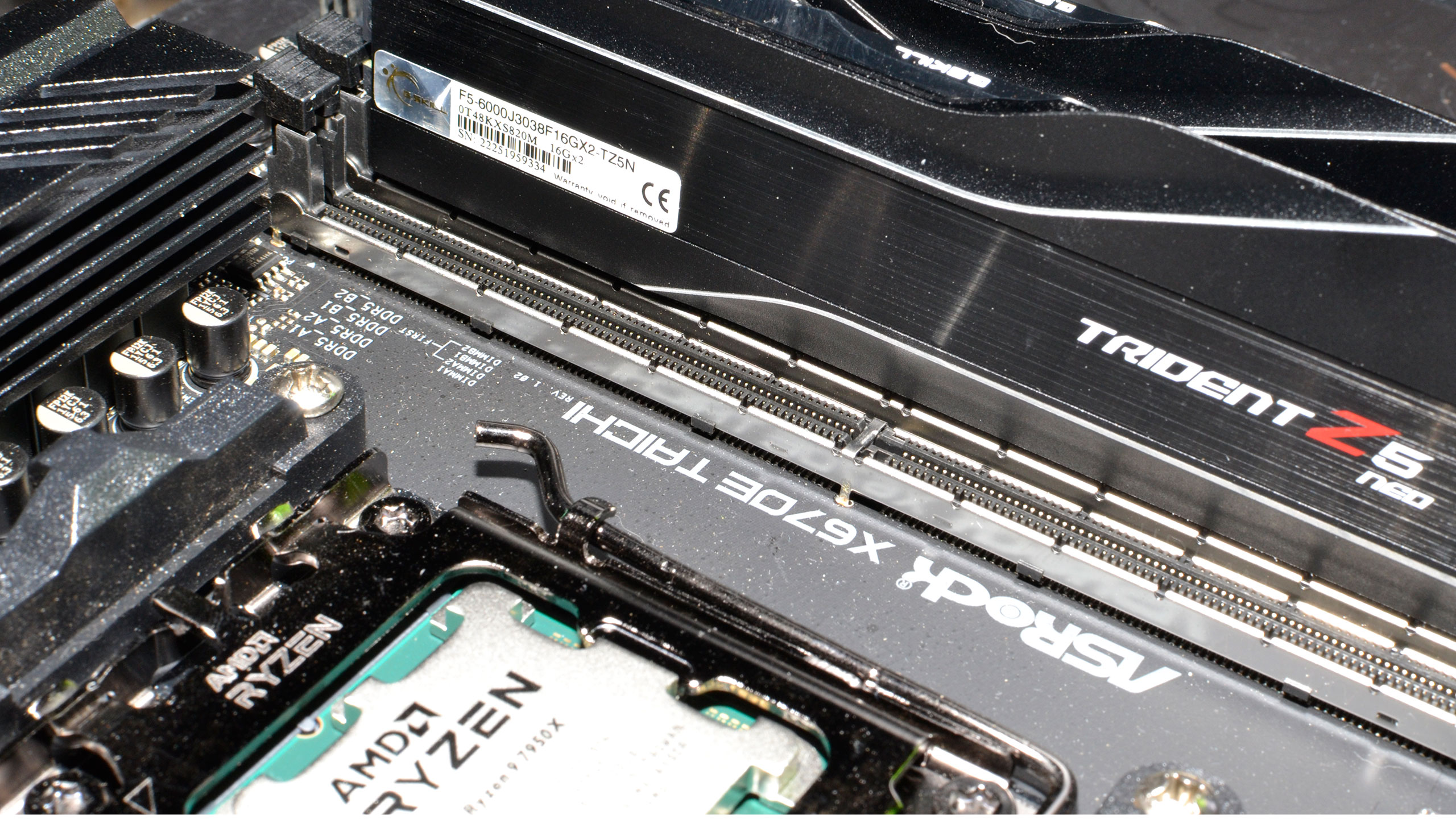
We've installed Windows 11 22H2 and use InControl to lock our test PC to that major release for the foreseeable future (though critical security updates still get installed monthly).
Our test PC includes Nvidia's PCAT v2 (Power Capture and Analysis Tool) hardware, which means we can grab real power use, GPU clocks, and more during all of our gaming benchmarks. We'll cover those results on our page on power use.
Finally, because GPUs aren't purely for gaming these days, we've run some professional application tests, and we also ran some Stable Diffusion benchmarks to see how AI workloads scale on the various GPUs.
- MORE: Best Graphics Cards
- MORE: GPU Benchmarks and Hierarchy
- MORE: All Graphics Content
Get Tom's Hardware's best news and in-depth reviews, straight to your inbox.
Current page: Nvidia GeForce RTX 4070 Super Review
Next Page Nvidia RTX 4070 Super: 1440p Gaming Performance
Jarred Walton is a senior editor at Tom's Hardware focusing on everything GPU. He has been working as a tech journalist since 2004, writing for AnandTech, Maximum PC, and PC Gamer. From the first S3 Virge '3D decelerators' to today's GPUs, Jarred keeps up with all the latest graphics trends and is the one to ask about game performance.
-
Gururu So they squeeze out a few more FPS to beat the 7800xt and charge $50 more. The price games are maddening.Reply -
AgentBirdnest Mostly what I was expecting... but wow, those results against the 7800XT at 1440p are kinda crazy. +24% for the whole suite, and about +50% in the RT-only results? AMD really needs to rethink the price of the 7800XT.Reply
Interesting results, and interesting article (so far. I look forward to the rest. Hope you get some good sleep until then, Jarred. :))
I'm curious to know how well it overclocks. Can it match the 4070 Ti? -
atomicWAR While a step in the right direction, the ram capacity is still really underwhelming but the performance is promising. The 4070 series (Ti, super or otherwise) should have come with 16GB while the 4080 series should have had 20GB...This gen, save the 4090, has been really disappointing. Cost increases (70/80 series) with underwhelming performance (60/70/80) have been fairly pervasive in the product stack. I hope this helps things...I am interested in the 4070 Ti Super as many of my nephews and nieces have been wanting to upgrade this gen and thus far it has been hard to recommend anything other than the 4090 to them which is out of their budgets by about 700 dollars give or take a hundred.Reply -
Tom Sunday Reply
12GB of 4070 SUPER bliss? That is the million dollar question? At this point in time I would expect more than 12GB of VRAM in especially 2024. Even a 1080ti already had 11GB of VRAM in its side pocket. Will it pay in holding-out for a 4070 Ti SUPER: 2.5X Faster than the RTX 3070 Ti and sporting a mouth watering 16GB of GDDR6X? With that along bolstering CUDA cores, VRAM and reaching 4K gaming heaven? Will in fact a 4070 Ti SUPER be essentially a slight cutdown of the original RTX 4080, meaning that one can expect to see similar performance from the two cards?Gururu said:So they squeeze out a few more FPS to beat the 7800xt and charge $50 more. The price games are maddening.
Overall and in my very limited view the ‘4070 Super Refresh’ series is indeed a welcomed addition. It's commendable that the Super’s overall offer much better ray tracing performance, better energy efficiency and generally a notable performance upgrade compared to the Non-Super cards. No question that NVIDIAs latest 'Super-Play' will certainly put AMD under greater pressure, because they offer more performance and efficiency for basically the same price points. On the flipside I understand that the 4070 Super Refreshes do give the impression that they are only a mid-cycle gap filler. Because of the price? Further if AMD would only lower the price of the 7800XT, many I think would still go for the XT. In some instances AMD reputably has long preferred to stake a few cards at higher prices than to gain market share through price reductions. Food for thought! -
pocketdrummer Toms Hardware needs to do a price to generation performance uplift chart. Use performance uplift as the tier and not the actual product names (xx70 and xx80 mean nothing now). I'm sure we'll see that the price has gone up and the performance uplift has not tracked.Reply -
kyzarvs Call me a luddite as I remain on a venerable 1080ti, but I'm not sure I would trust laying down £600 for a 12GB card today and hoping it works as well as far into the future as my current card has. While it may be okay today, when it's as old as my 1080ti is now, I think 12GB will be a massive limitation.Reply -
Alvar "Miles" Udell At this point I'd have to tell people that unless they have a pre-RTX 2000 series card to wait for the 5000 series. Yes the 4070 Super is a solid 4K60 and 1080p144 (and a case by case basis 2560x1440 120fps) card, but you're still dealing with 12GB VRAM and a very unnecessary 16 pin power adapter for $600+ in an era of horrible economics.Reply -
logainofhades ReplyAgentBirdnest said:Mostly what I was expecting... but wow, those results against the 7800XT at 1440p are kinda crazy. +24% for the whole suite, and about +50% in the RT-only results? AMD really needs to rethink the price of the 7800XT.
Interesting results, and interesting article (so far. I look forward to the rest. Hope you get some good sleep until then, Jarred. :))
I'm curious to know how well it overclocks. Can it match the 4070 Ti?
That 24% is only due to RT. If you look at pure raster performance, the gap is much smaller. Definitely not worth the $90 ish price premium, unless you truly care about RT, which I personally do not.
-
subspruce Reply
No, ofc not. Nvidia pushes their chips to the max that they can without having more not-up-to-requirements GPUs than can be offloaded as some kind of China Quadro.AgentBirdnest said:I'm curious to know how well it overclocks. Can it match the 4070 Ti? -
oofdragon Only in Toms Hardware fairy tale land the 4070 matches the 7800xt in raster, everywhere else the 4070Ti ties with it. This website is a jokeReply
